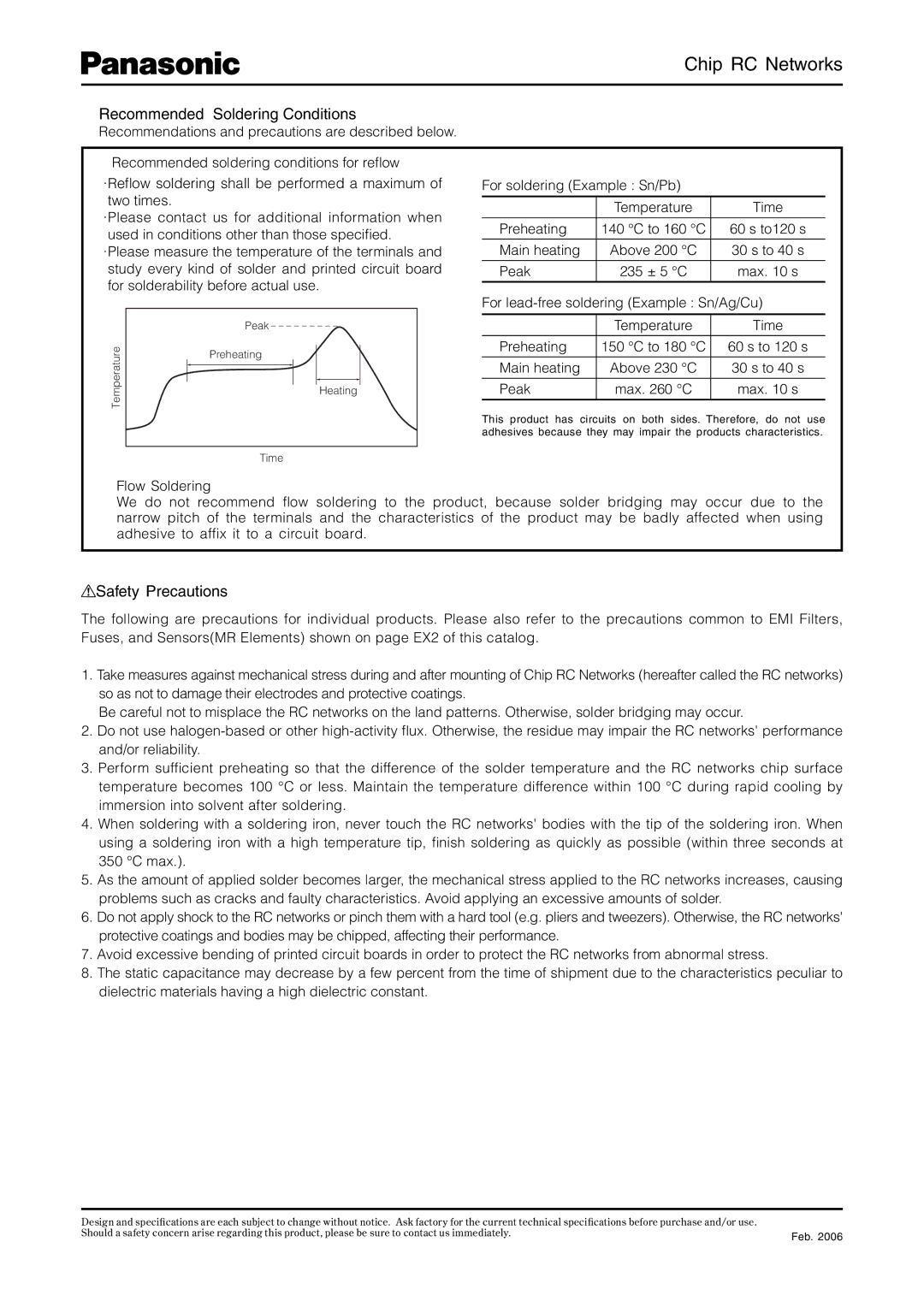EZACT, EZAST/SS, EZASTB/SSB, EZANT, EZADT specifications
Panasonic has made significant strides in technological innovation with its series of advanced electronic devices, including the EZADT, EZANT, EZASTB/SSB, EZAST/SS, and EZACT. Each of these models showcases the brand's commitment to quality, efficiency, and cutting-edge functionality tailored for various consumer needs.The Panasonic EZADT is engineered with a focus on automation and efficiency. It incorporates advanced sensors that enhance operational accuracy, making it suitable for both industrial and personal use. This model features a user-friendly interface that allows for easy adjustments and real-time monitoring of active processes. Additionally, the EZADT is equipped with energy-saving technologies that reduce power consumption without compromising performance.
Moving on to the EZANT, this model stands out with its superior connectivity options. It supports multiple wireless protocols, allowing users to connect effortlessly with other smart devices. The EZANT is particularly favored for its seamless integration with smart home systems, making it an excellent choice for tech-savvy consumers looking to automate their domestic environment. Furthermore, the EZANT includes enhanced security features to protect against unauthorized access, ensuring user safety.
The EZASTB/SSB and EZAST/SS models bring a blend of robustness and versatility. These devices are fortified to withstand various environmental conditions, making them ideal for outdoor applications or rugged industrial settings. They come equipped with advanced materials that increase durability, coupled with high-performance components that ensure reliable functionality even under stress. These models are known for their user-centric designs, which prioritize ease of use and maintenance.
Lastly, the EZACT is designed with performance at its core. It boasts high-speed processing capabilities, which make it suitable for applications requiring rapid data handling. The EZACT is also built with scalability in mind, allowing users to expand their systems efficiently as their needs grow. Additionally, this model features advanced cooling technologies to prevent overheating during demanding tasks, thus prolonging the lifespan of the device.
Collectively, these Panasonic models exemplify the brand's dedication to providing innovative solutions that meet diverse consumer needs while being environmentally conscious. They combine cutting-edge features with practical applications, making them formidable contenders in their respective markets.

